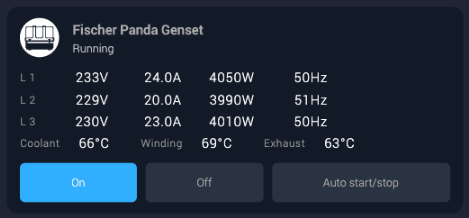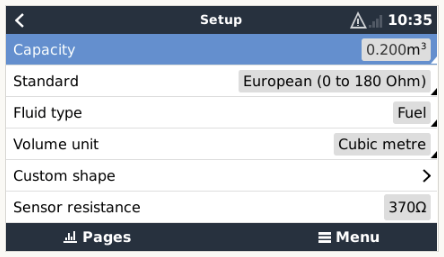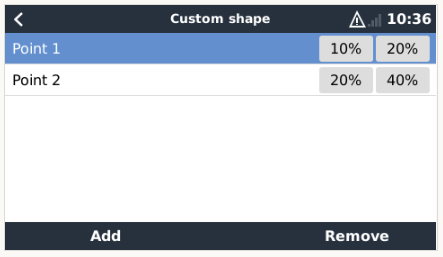Varukorg
Rabatt: 0,00 SEK
Rabatt: 0,00 SEK
Matthijs Vader, Victron Energy |9/09, 2020

Idag, efter en lång utvecklings- och fälttestperiod, lanserar vi Venus OS version v2.60 – en riktig milstolpe. Till skillnad från de mindre uppdateringarna de senaste månaderna (v2.51 till v2.58) innehåller denna version en rad stora förbättringar och nya funktioner.
Förutom de större förändringarna finns det många mindre justeringar – fler än i någon tidigare version. I detta blogginlägg fokuserar vi på höjdpunkterna. Låt oss börja med en lite mer komplex nyhet.
NMEA2000 (även kallat N2K) är ett Can-BUS-protokoll som används på båtar och fartyg för att låta enheter utbyta information. I Victron-sammanhang används det främst för att skicka data från energisystemet till multifunktionella displayer ombord. NMEA2000-ut gör att GX-enheten fungerar som en ”brygga” och gör information från alla anslutna batterimonitorer, växelriktare/laddare och andra enheter tillgänglig på NMEA2000-nätverket.
I version v2.60 har vi lagt till PGN:er för solcellsladdare och tanknivåer. Tanknivåerna numreras nu automatiskt istället för att alla sätts till 0, vilket förenklar konfigurationen för Raymarine MFD – det fungerar direkt utan extra inställningar.
Vi har även lagt till en sida för att konfigurera N2K Device Instances, gjort menysystemet mer intuitivt och lagt till möjligheten att läsa GPS-data (position, höjd, hastighet) från N2K-nätverket.
För fullständig information, se kapitlet om NMEA2000-ut i CCGX-manualen.
Vi har gjort flera layoutförbättringar, bland annat infört sidindelning istället för att dölja data när skärmytan är begränsad.
Stöd för Fischer Panda-generatorer har lagts till, med fullständig information och knappar för att starta och stoppa generatorn manuellt – samt aktivera GX Auto start/stop-funktionen.

Även andra generatorer kan nu styras direkt från appen, inklusive Auto start/stop-inställningar.
Mer information om Fischer Panda-integrationen finns i GX Fischer Panda-manualen.
Tre viktiga nyheter, plus många fler i den kompletta ändringsloggen:
Tanknivåövervakningen på Venus GX och Cerbo GX (med fyra analoga ingångar) har förbättrats:
Vi har även lagt till filtrerade och ofiltrerade sensorvärden i menyn – användbart vid installation och felsökning.


Eftersom 2G- och 3G-näten fasas ut behövdes en ny version av GX GSM-modemet. Nu finns GX LTE 4G – samma design och montering som tidigare, men med ett 4G-modem inuti.
Detaljer finns på produktens webbsida. Olika modeller för olika regioner finns i lager.
Information om hur du installerar Venus OS v2.60 finns här. För hela ändringsloggen, inklusive tidigare versioner, logga in på Victron Professional och välj Firmware.
Vi är mycket glada över att v2.60 nu är släppt. Samtidigt arbetar vi redan med att integrera fler stora förändringar som väntar på nästa release.
Fotnot: